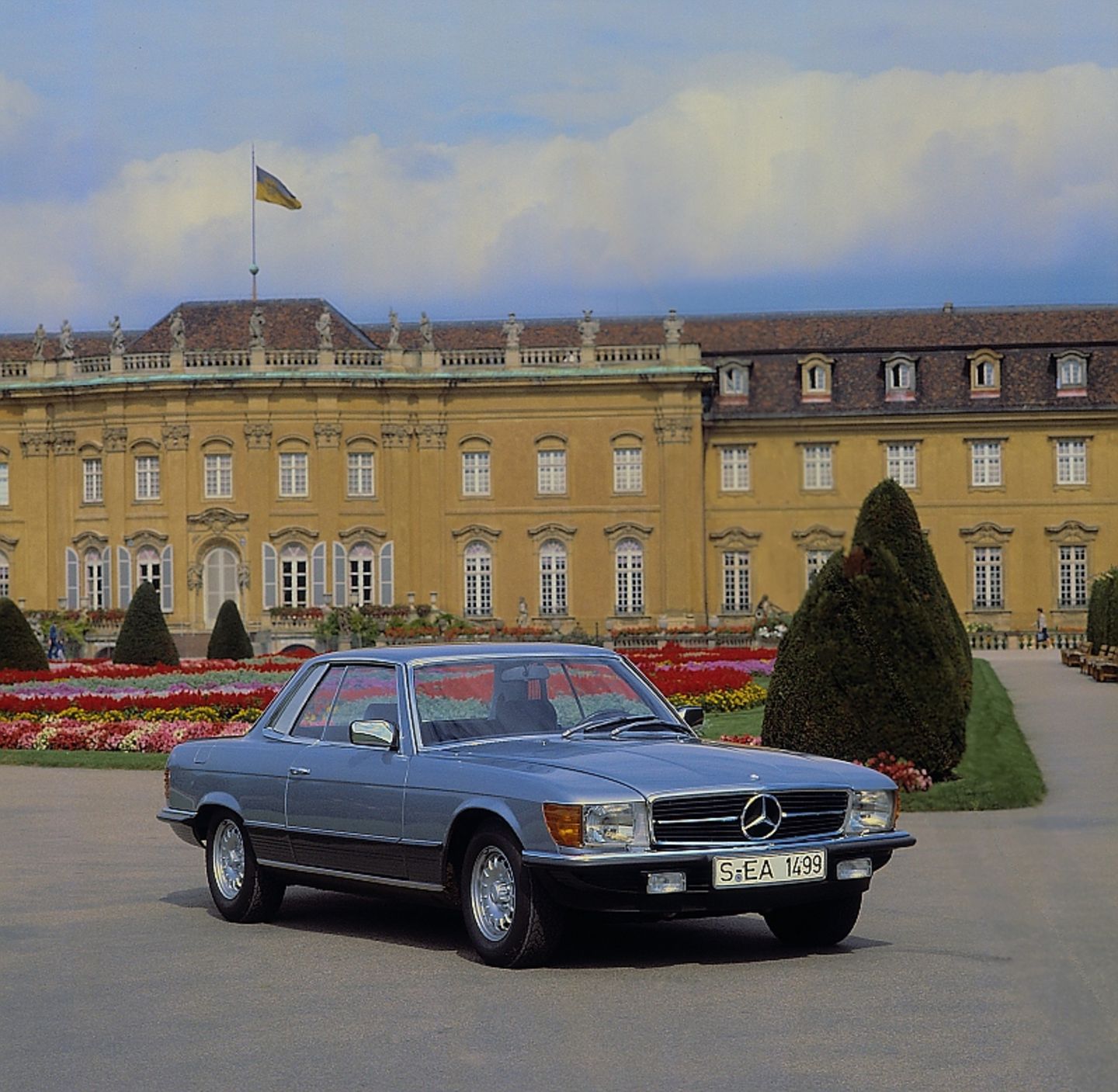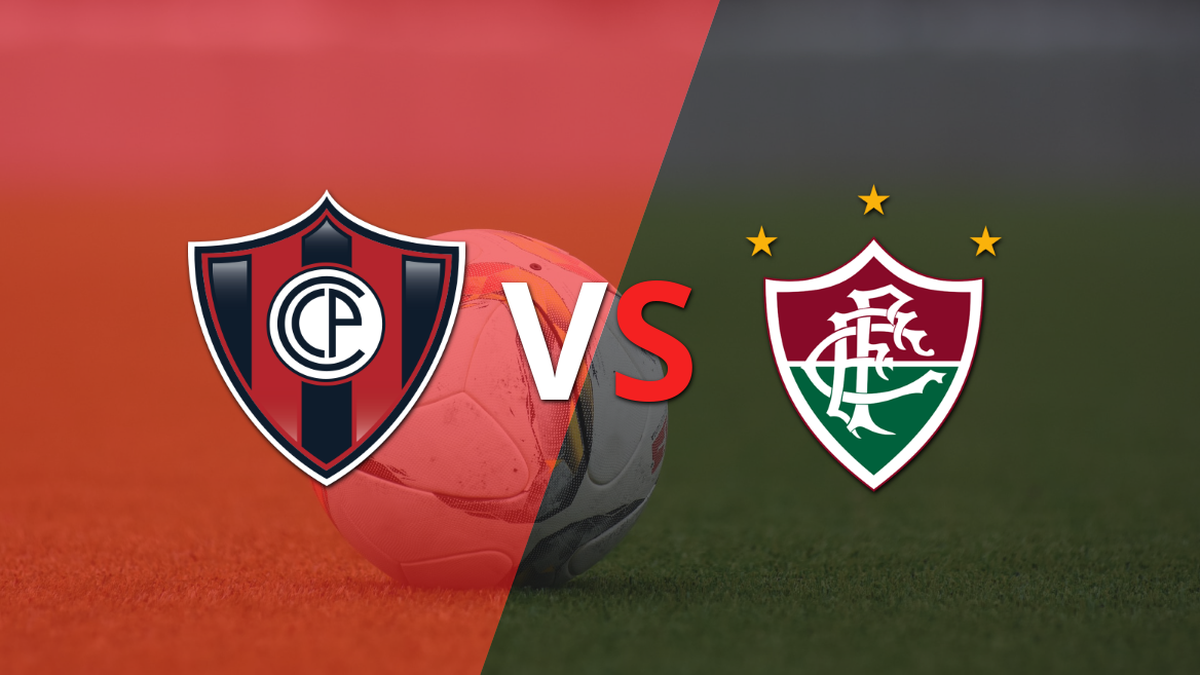50 years ago, it wasn’t just the Mercedes SL of the R 107 generation that celebrated its world premiere. The open Beau was also available as a particularly elegant coupé version five decades ago. Not only the side slats on the window flank are a real show.
The open-top Mercedes SL has been a real dream roadster for many classic fans for decades. The closed Mercedes SLC of the generation C 107 – presented at the Paris Salon 1971 – is an insider tip in disguise. With almost 63,000 vehicles produced, the numbers are manageable and the equipment is more luxurious than ever. The technology of the SLC is almost identical to that of the open SL. The flank of the two-seater from Bremen is especially a show, because compared to the open firstborn, the SLC has a stately 36 centimeter longer wheelbase for more space in the rear. Visually, this was concealed with particularly attractive plastic slats, which give the side line of the C 107 a unique touch.
After its premiere in 1971, the 4.75-meter-long SLC became famous not only as a luxury coupé, but also for its success in rallying. Initially, the rally drivers drove the Mercedes SLC with the long wheelbase of the production model, and then in 1980 they opted for the more manoeuvrable and agile Mercedes 500 SL, which was then withdrawn from the World Rally Championship at short notice. For this, the hardtop was firmly attached to the body. In addition, there was a noticeable modification for the five-liter V8 single-unit, which developed 221 kW / 300 PS instead of the usual 240 PS in rally trim. The previously used 450 SLC only had 227 hp. The successes of the SLC models include victories at the Africa and South America rallies between 1978 and 1980. The Stuttgart-based company won the 29,000-kilometer South American rally “Vuelta a la América del Sud” or the 11th Bandama rally Hannu Mikkola / Arne Hertz on a Mercedes 450 SLC 5.0. For rally use, the weight was reduced by 230 kilograms despite additional equipment such as headlights, roll cage and racing tank. But it wasn’t that far with top speed. Depending on the gear ratio of the rear axle, which was tailored to the relevant rally route, the normal maximum speed was reduced from a good 240 to barely more than 180 km / h.
The sleek production models were not only faster, but also more luxurious. Most SLC models are powered by powerful eight-cylinder engines. The 147 kW / 200 PS 350 SLC – identical to the V8 of the open SL – actually comes from the W 108/109/111 series. The particularly popular 450 SLC with its 225 PS eight-cylinder was not introduced until 1973 and the entry-level model in 1974 the solid 280 SLC with its 185 hp six-cylinder. In the Mercedes SL of the C 107 series, the 218 hp 380 SL replaced the 350 and the 500 SL with its 177 kW / 240 hp became the new top model instead of the 450 SL. The then new 500 SL also received the light metal trunk lid with polarizing black plastic rear spoiler of the SLC Coupé with a five-liter engine. The SLC was also available in small numbers from the summer of 1980 as the SLC 380 and finally even as the 500 SLC, which replaced the SLC 450 5.0 introduced in 1977. In contrast to the open SL, the closed coupé variant of the C 107 had already had its day at the beginning of 1981 and was replaced by the much larger successor to the new S-Class (C 126 series). The roadster continued to be built until 1989.
Compared to the open versions, the more elegant coupé is usually better equipped. Leather seats are comparatively rare; for this, the models are often equipped with the flocked velor seats that were particularly elegant at the time. The electric sunroof is mostly set and many models are also equipped with the American automatic air conditioning. Unusual but still to be found: C 107 with manual windows. Cranks in the back and front – not befitting for a luxury model, but not uncommon. After all, there is often an automatic transmission – depending on the model with three or four gears – and metallic colors that are today signs of their time: champagne gold, thistle green or astral silver.
The quality of the R 107 / C 107 series is not always the best, despite the noble Daimler claims. The engines, along with the gearbox and chassis, are considered to be solid and the electrics are also very minor. The situation is different with rust prevention, because both R 107 and C 107 are very susceptible to rust with increasing age. This not only applies to the visible body edges at the front, rear and side, but also the sills and the underbody cause headaches for many classic fans. The spare parts supply is good, but one or the other part is now harder to get than expected and very expensive. Doesn’t change the fact that the Mercedes SLC is a rare and sought-after classic. Good models with a complete history and a mileage of up to 150,000 kilometers cost barely more than 30,000 euros – even fully equipped top 500 models are still less than 50,000 euros.
I am Pierce Boyd, a driven and ambitious professional working in the news industry. I have been writing for 24 Hours Worlds for over five years, specializing in sports section coverage. During my tenure at the publication, I have built an impressive portfolio of articles that has earned me a reputation as an experienced journalist and content creator.




